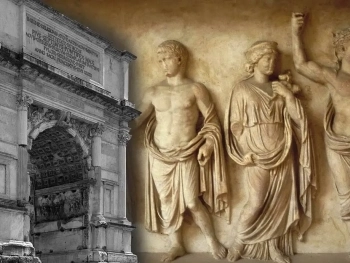Religious texts across different faiths often carry profound layers of symbolism, offering readers more than just literal interpretations. These symbols serve as keys to unlock deeper meanings, guiding believers on spiritual journeys and conveying timeless truths. In this exploration, we unravel the intricacies of symbolism within holy scriptures, shedding light on the profound messages encoded within these sacred texts.
I. The Power of Symbolism:
- Metaphorical Language Symbolism in religious texts involves the use of metaphors, allegories, and parables to convey spiritual truths. These symbolic expressions provide layers of meaning that extend beyond the literal words, inviting readers to delve into the profound wisdom contained within the scriptures.
- Universal Archetypes Many religious symbols tap into universal archetypes that resonate across cultures and traditions. These archetypal symbols often speak to fundamental aspects of the human experience, creating a shared understanding that transcends specific cultural contexts.
II. Symbols Across Religions:
- The Lotus in Hinduism and Buddhism In Hindu and Buddhist scriptures, the lotus symbolizes purity, enlightenment, and the unfolding of spiritual potential. Its emergence from the muddy waters to bloom in pristine beauty mirrors the journey of the soul towards spiritual awakening.
- The Cross in Christianity Central to Christianity, the cross is a powerful symbol representing sacrifice, redemption, and the triumph of good over evil. Understanding the symbolism of the cross enhances the comprehension of foundational Christian teachings.
- The Crescent Moon in Islam The crescent moon holds symbolic significance in Islam, representing the lunar calendar and the beginning of important Islamic months. It is a symbol of the divine timing of life events and the cyclical nature of time.
III. Allegorical Narratives:
- The Parables of Jesus in the Bible Jesus often conveyed profound spiritual truths through parables—simple stories with deeper meanings. Analyzing these parables unlocks layers of moral and spiritual teachings that continue to guide Christian believers in their daily lives.
- The Sufi Poetry in Islam Sufi poets, such as Rumi, utilize rich symbolism in their poetry to convey mystical truths. Their allegorical language invites readers to contemplate the deeper dimensions of existence and the divine.
IV. Personal and Collective Interpretations:
- Individual Reflection and Meditation Symbolism encourages personal reflection and meditation, allowing individuals to find personal meaning and relevance within the sacred texts. This personal engagement deepens the spiritual connection between the believer and the divine.
- Cultural and Collective Interpretations Symbolism also plays a crucial role in shaping the cultural and collective identity of religious communities. Shared symbols create a sense of unity and shared purpose among believers, fostering a collective understanding of their faith.
Decoding the symbolism within holy scriptures is a journey into the profound depths of religious wisdom. As believers and scholars explore these symbols, they uncover layers of meaning that enrich their spiritual understanding and foster a deeper connection with the divine. Embracing the symbolic language embedded in religious texts opens the door to a more nuanced and profound engagement with the timeless truths contained within these sacred writings.




